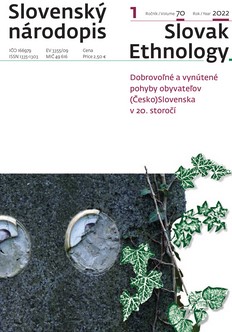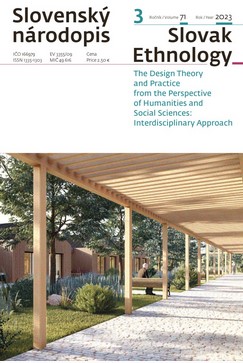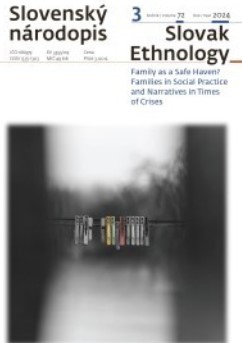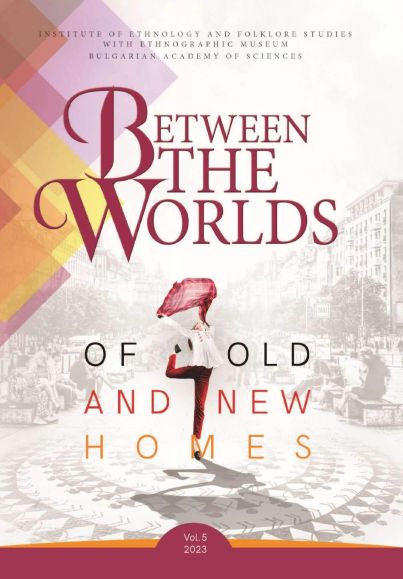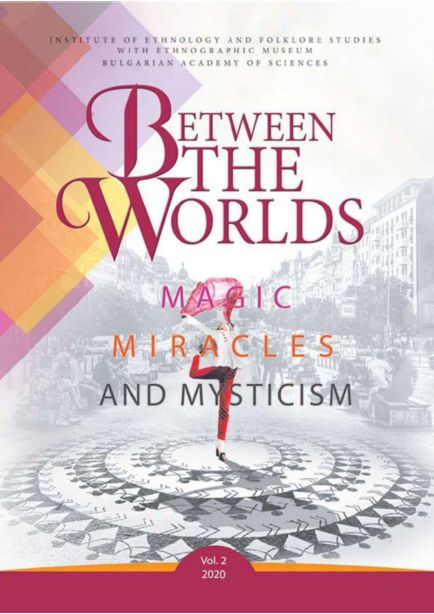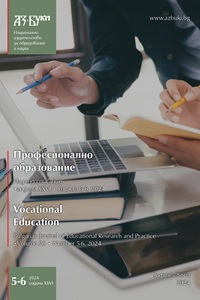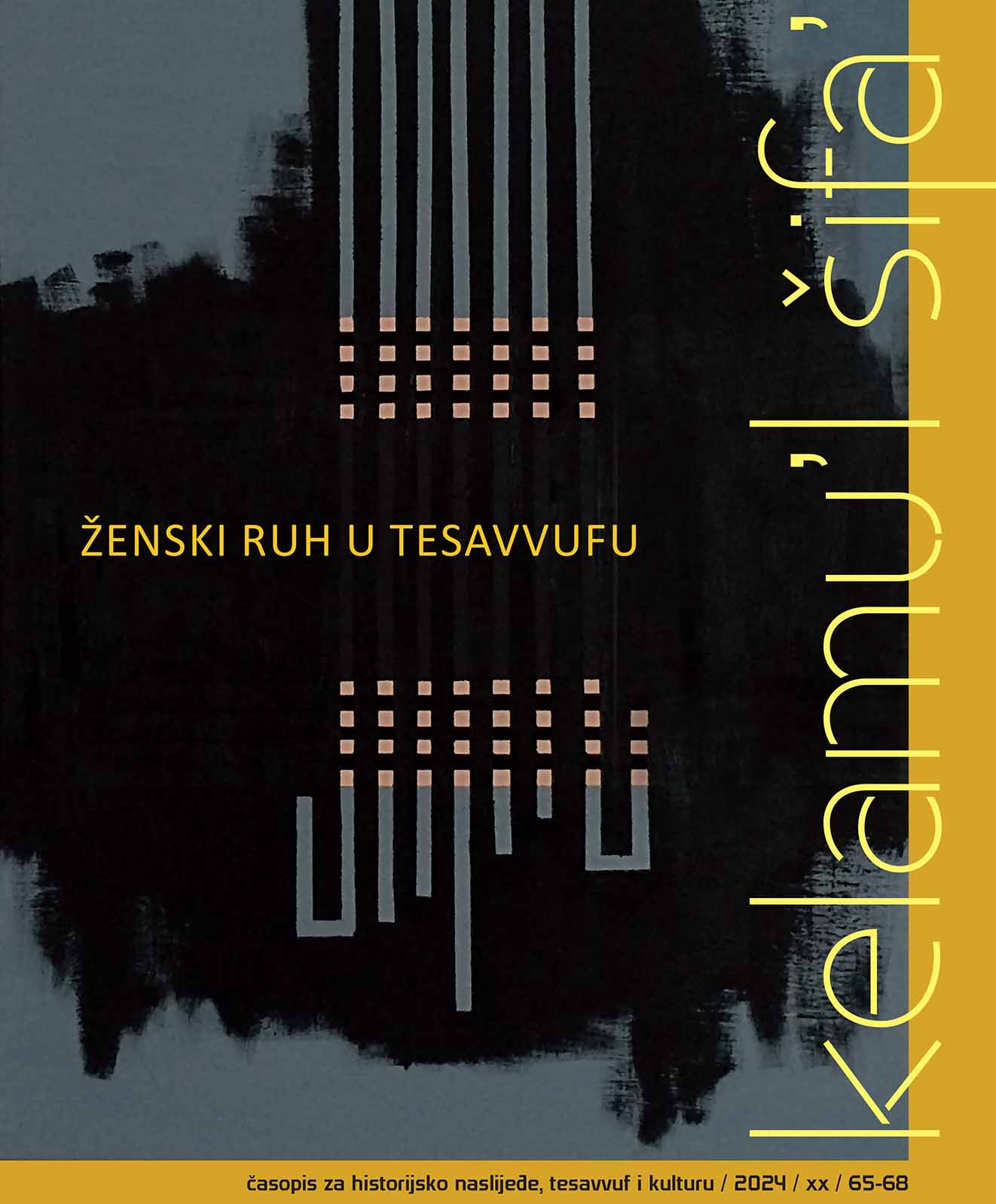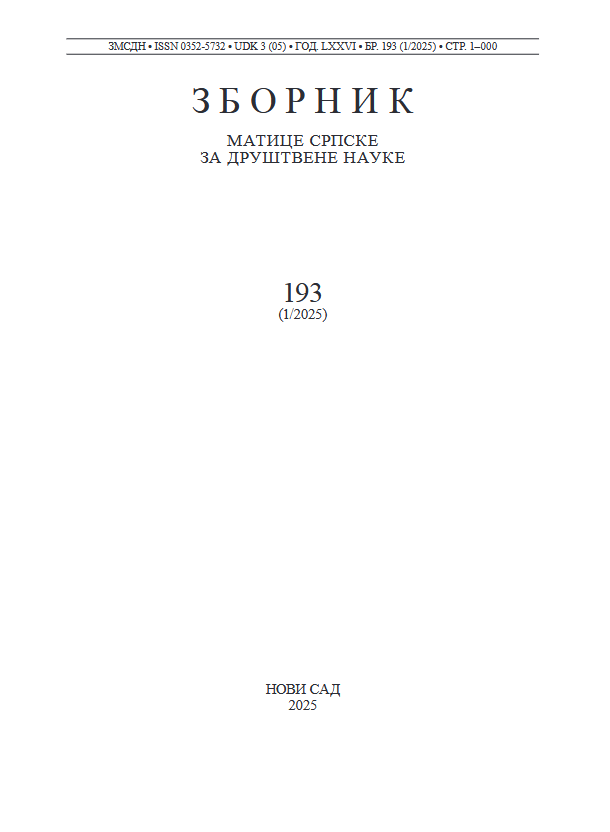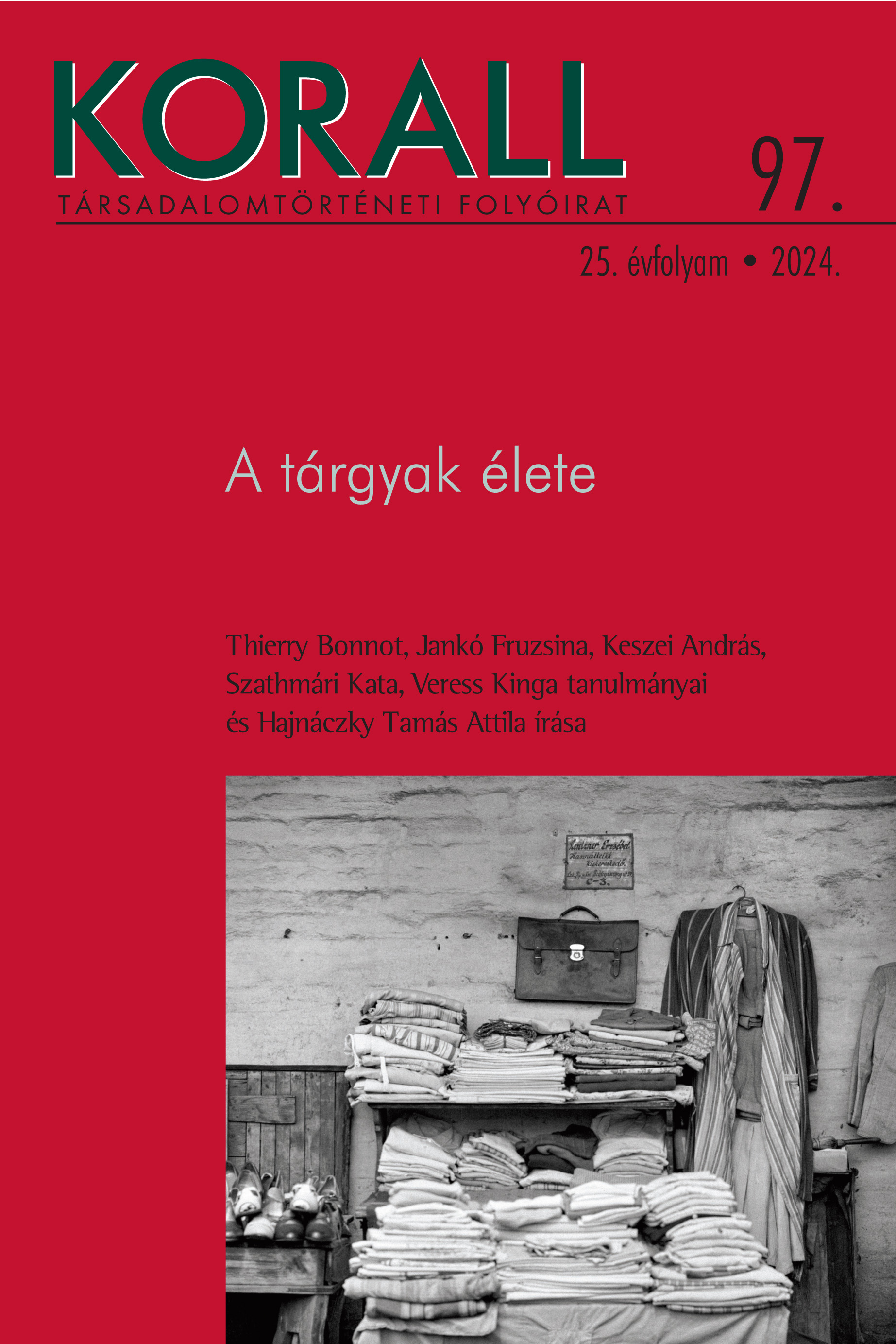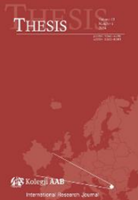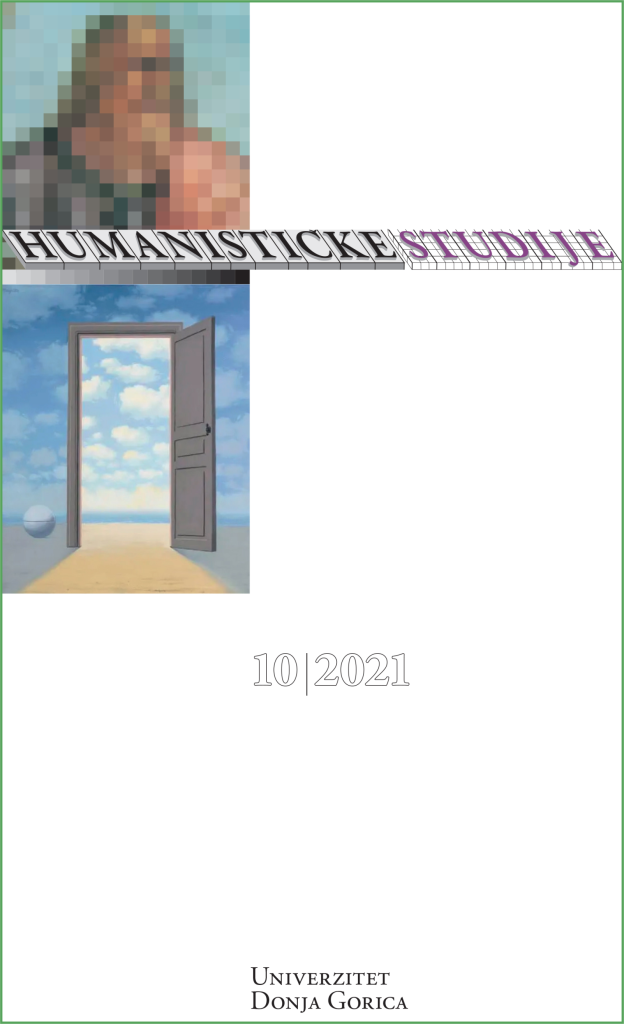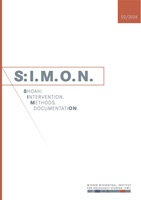
Recenzie
Reviews of: 1. LADISLAV LENOVSKÝ: Naši vo svete – Slováci južne od hranice Slovenska I.–III. [Our People in the World – Slovaks South of Slovakia’s Border I–III] Vydavateľstvo – Editura Ivan Krasko, Nadlak (Rumunsko), 2016, 166 s.; 2017, 147 s. 2018, 201 s. Review by: MICHAL BABIAK; 2. JÁN BOTÍK: Slováci vo Vojvodine: premeny svojbytnosti enklávneho spoločenstva [Slovaks in Vojvodina: The Transformations of the Enclave Community’s Autonomy] Nový Sad: Ústav pre kultúru vojvodinských Slovákov, 2016, 272 s. Review by: NATÁLIA BLAHOVÁ; 3. ADÉLA SOURALOVÁ a kolektiv: Péče na prodej: Jak se práce z lásky stává placenou službou [Care for Sale: How Work out of Love Turns into Paid Service] Brno: Munipress, 2017, 249 s. Review by: ZUZANA SEKERÁKOVÁ BÚRIKOVÁ; 4. Nielen obete, aj páchatelia majú potomkov... (Úvaha inšpirovaná knihou Bolestivé mlčanie) Not Only Victims, Criminals Also Have Offspring... (An Essay Inspired by the Book Painful Silence) ALEXANDRA SENFFT: Bolestivé mlčanie [Painful Silence] Premedia, 2019, 272 s. Review by: PETER SALNER
More...
